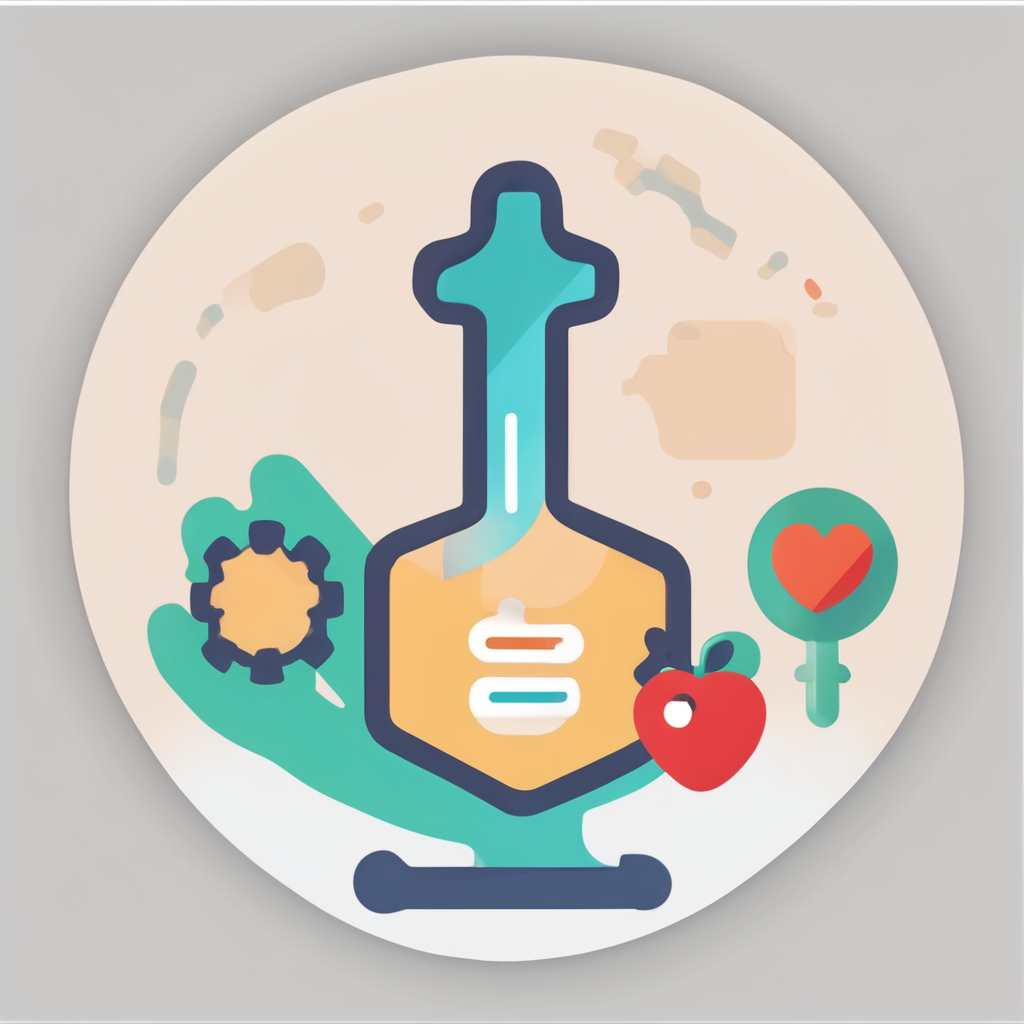Key Technological Advances Shaping UK Healthcare
The landscape of UK healthcare is rapidly evolving due to technological advances in UK healthcare that enhance diagnosis, treatment, and patient management. Artificial intelligence (AI) stands out as a pivotal innovation, helping clinicians analyze large datasets with precision, improving early diagnosis, and personalizing treatment plans. Systems powered by AI can detect patterns in medical imaging faster than traditional methods, reducing diagnostic errors.
New medical technology such as telemedicine is revolutionizing access to care. Patients engage with healthcare professionals remotely, enhancing convenience and reducing strain on hospitals. Telemedicine also supports continuous monitoring of chronic conditions, providing real-time data to healthcare providers.
Also to discover : How Can Health Professionals Enhance Patient Relationships in the UK?
Additionally, the widespread adoption of electronic health records (EHRs) has streamlined data sharing across medical facilities. This integration improves communication among care teams and ensures patient histories are readily accessible, minimizing medical errors.
Recent studies highlight a 40% increase in telemedicine usage in the UK over the past five years, reflecting these innovations in medicine becoming embedded in everyday healthcare practice. Together, these advances demonstrate the significant shift in how medicine is delivered in the UK, focusing on efficiency, accuracy, and patient-centered care.
Also to see : What training opportunities are available for UK health professionals in rural areas?
Adaptation Strategies Among UK Health Professionals
Adapting to medical technology is essential for UK healthcare professionals aiming to maintain high standards of care. The rapid integration of advanced tools necessitates targeted upskilling in UK healthcare, ensuring that clinicians and support staff stay proficient.
Training initiatives focus on practical application, combining theory with hands-on experience. Many UK hospitals have implemented healthcare professional training programmes emphasizing digital literacy, enabling staff to navigate electronic health records and diagnostic software confidently. This approach mitigates resistance to new technology by fostering familiarity and competence.
Cross-functional collaboration is another key strategy. Multidisciplinary teams share expertise, bridging gaps between clinical practice and technical skills. This encourages a culture of continuous learning, where varied perspectives accelerate adaptation to medical technology.
Such initiatives not only enhance patient outcomes but also increase job satisfaction by empowering professionals. Embracing lifelong learning and digital literacy ensures the UK healthcare workforce remains agile, prepared, and responsive to ongoing technological advancements.
Practical Ways Technology Is Being Used in UK Healthcare Settings
Technology is transforming UK healthcare through practical technology use in healthcare environments, enhancing both patient care and operational efficiency. One prominent medical technology example is the use of electronic health records (EHRs), which streamline patient data access, reducing errors and improving treatment coordination. In several UK healthcare case studies, hospitals adopting EHR systems have reported faster diagnosis times and improved patient outcomes.
Another key example involves telemedicine platforms, which allow patients to consult specialists remotely. This technology has proven invaluable during high-demand periods, particularly in rural areas where access to specialists is limited. Real-world case studies demonstrate how telemedicine has increased appointment availability, reduced patient travel time, and minimized clinic wait times.
Wearable health monitors also stand out, continuously tracking vital signs and alerting healthcare providers to potential issues before they escalate. Such practical technology use in healthcare settings supports proactive treatment, leading to better chronic disease management and fewer hospital admissions. These case studies underscore how UK healthcare providers leverage medical technology to foster more efficient, patient-centered care.
Benefits Experienced by UK Health Professionals
Technology in healthcare benefits UK health professionals by significantly improving patient care and operational efficiency. The benefits of medical technology are evident in enhanced diagnostic accuracy, which leads to better treatment plans and patient outcomes. Digital tools, such as electronic health records, allow seamless access to patient information, reducing administrative burdens and minimizing errors.
UK health professionals also experience smoother workflow efficiencies. Automating routine tasks frees up valuable time, enabling clinicians to focus more on patient interaction. Moreover, telemedicine platforms expand healthcare service delivery, making care accessible to remote or underserved populations. This increased reach not only improves patient satisfaction but also alleviates pressure on healthcare facilities.
In practice, these advances lead to faster decision-making processes and more personalized treatments. Embracing technology in healthcare benefits both practitioners and patients by fostering collaboration and continuous learning. The positive impact of technology in healthcare benefits is clear: better outcomes, reduced workload, and broader access to quality care all contribute to a smarter, more adaptable healthcare system in the UK.
Challenges and Considerations in Technological Adaptation
Adopting new medical technology in the UK faces several challenges that slow innovation in healthcare. One major barrier is the cost associated with purchasing and maintaining advanced equipment, which can strain NHS budgets. Training staff to use new technology effectively presents another hurdle; without proper education, the potential benefits may not be fully realized. This training barrier often leads to resistance from healthcare professionals who must adapt to changing workflows.
The digital divide also complicates technology adoption. Patients with limited access to digital tools or lacking digital literacy may not benefit equally, raising concerns about widening health inequalities. Ethical considerations, including patient data privacy and consent, demand careful attention to maintain trust when introducing technologies like AI diagnostics.
UK healthcare bodies highlight these organisational challenges, emphasizing the need for integrated strategies that address both professional readiness and infrastructural support. Overcoming these barriers requires collaborative efforts to ensure technology serves all stakeholders effectively, balancing innovation with practical implementation realities.
Cleaning Efficiency of Robot Hoovers
When assessing the cleaning efficiency of robot hoovers, it’s important to understand how they handle various surfaces and debris types. Robot hoovers excel on hard floors, such as tile or wood, picking up fine dust and larger particles with ease. Their suction power and brush design contribute to effective cleaning. However, performance may vary on carpets or rugs, especially with deep pile, where agility and suction must compensate for denser fibers.
Robot hoovers use sensors and mapping technology to cover a room thoroughly, avoiding missed spots. The precision in navigation helps maintain consistent cleaning patterns, reducing the need for repeated passes. Some models come with specialized modes for pet hair or allergens, highlighting their adaptability.
For users with busy schedules, the robot hoover’s ability to maintain a clean floor daily can reduce overall cleaning time significantly. While no device achieves perfect cleaning every time, investing in a well-reviewed robot hoover can greatly ease household maintenance, proving highly efficient for everyday use.


